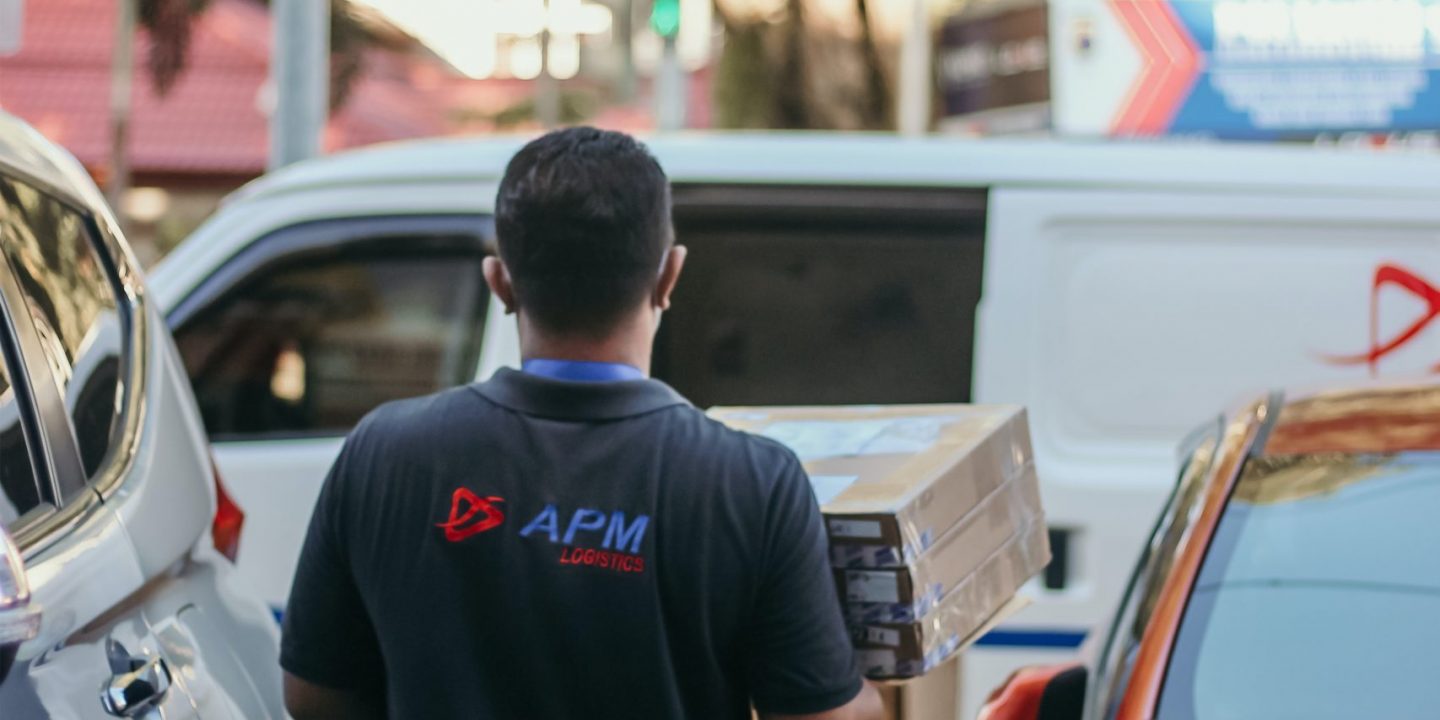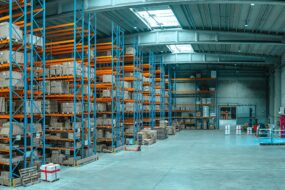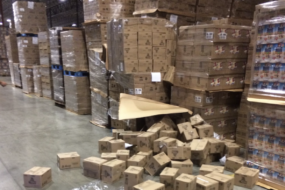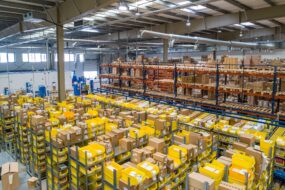Contents

Inbound and outbound logistics manage how goods are received and delivered in every business. These processes are crucial to the success of every e-commerce business.
If products are not received or delivered well, there will be more errors and orders will be delayed. The result will then be dissatisfied customers and wasted resources. With solid inbound and outbound logistics processes, you can eliminate these issues and ensure smooth operations.
What Is Logistics?
Logistics coordinates and manages the movement of goods. For e-commerce businesses, logistics start with the acquisition of products, and it ends when they reach the customer. For manufacturers, logistics begin with the acquisition of raw materials; it again ends when the finished product reaches the customer.
Logistics teams work to ensure this entire process runs smoothly. Since so many different components are part of logistics, there are many hiccups that can occur along the way. Their job is to view the overall process, find ways to make it more efficient, and ensure it runs as seamlessly as possible.
Ultimately, logistics is the heart of the supply chain. It manages relationships between all the different parties, such as suppliers, warehouses, and shipping carriers, to ensure everyone is working efficiently in unison.
What Is Inbound & Outbound Logistics?
Inbound and outbound logistics refer specifically to the receiving and delivering of goods. They work in tandem. While they are similar, they have some distinct differences.
Inbound Logistics
Inbound logistics manage the receiving process. For example, when raw materials or products come into a warehouse, retail establishment, or fulfillment center, this is inbound logistics.
Outbound Logistics
Outbound logistics manage the delivery process. When products leave the warehouse, retail establishment, or fulfillment center and are delivered to the end customer, this is outbound logistics.
How Are Inbound & Outbound Logistics Different?
The primary difference between inbound and outbound logistics relates to where the product is headed. If it’s coming into the business in some capacity, it is inbound. If it’s going out to the customer in some capacity, it is outbound.
Inbound logistics focuses on supply, whereas outbound logistics is focused on demand. The key relationships with inbound logistics are suppliers, vendors, and distributors, whereas the primary relationships with outbound logistics are with wholesalers, retail stores, and end customers.
What Is Involved With Inbound Logistics?
Inbound logistics involves the sourcing of goods, either raw materials or finished products. This includes ordering, transporting, and receiving these goods. They are then stored in an inventory management system.
It also involves reverse logistics, which is the customer returns process. As items are received back from customers, they need to be examined and restocked.
Logistics managers have to oversee all these inbound shipments, mapping out delivery dates and lead times to ensure inventory is managed appropriately. They must predict and balance supply and demand to avoid shortages. And they must ensure efficiency in the process.
What Is Involved With Outbound Logistics?
Outbound logistics involves sending products out from the business. This includes processing orders (usually via a warehouse management system), picking and packaging orders, and shipping out the final orders to customers.
Logistics managers must oversee warehouse management, inventory management, picking, packaging, and delivery of all orders. They need to ensure high levels of accuracy in the process and timely delivery. This involves managing relationships with all employees and vendors involved in every step of the fulfillment process.
How to Optimize Inbound Logistics
By finding ways to streamline your inbound logistics, you can make your operation leaner and more responsive.
Compile Your Data
Gather all your data on every step of the process. This includes information on costs, waste, duplicative work, errors, and delays.
Reduce Storage Costs
Assess inventory carrying costs to see how and where you can reduce those. The goal is a high inventory turnover rate, so you aren’t storing goods for long periods of time. If you’re running out of warehouse space, it’s time to assess your turnover and carrying costs.
Foster Relationships With Suppliers & Carriers
With strong supplier relationships, you can shorten lead time, save money, and have a sense of security when it comes to deliverables. When your supplier understands your business needs, they can prioritize accordingly, making sure you have what you need when you need it.
The same is true for shipping carriers or freight partners that are bringing your inbound deliveries.
Combine Deliveries
When possible, combine inbound shipments to save on delivery and transport costs. Working with a third-party logistics coordinator can help you find ways to make your inbound deliveries more efficient.
Consider Technology
A good warehouse management system (WMS) can automate much of your operations. With a WMS, you can easily track inventory and define restocking points. You won’t have to wonder about when to order again; the system manages it for you.
How to Optimize Outbound Logistics
By regularly analyzing your outbound logistics, you can pinpoint areas for improvement. As with inbound logistics, it’s important to prioritize relationships.
Build Strong Relationships With Partners
Your outbound shipments are dependent on a quality relationship with your shipping carrier. Whether it’s for last-mile delivery or your freight partners, strong relationships can mean bulk discounts, expansion potential, and a more streamlined process.
Consider Distribution Partners
Working with a distribution center can simplify your order fulfillment process. Depending on the size of your business, this partnership could reduce your overhead costs and speed order fulfillment.
Implement Technology
Again, a warehouse management system or similar tracking system can aid in the outbound logistics processes. A good system can simplify the picking and packing process, ensuring fewer errors in order fulfillment.
How Logistipedia Can Optimize Your Logistics
Logistipedia specializes in logistics management. We can review the inbound and outbound logistics of your business and find ways to improve them, saving you money, reducing wasted energy, and boosting revenue in the process. Contact us today to get started.
Inbound & Outbound Logistics FAQs
What are inbound and outbound logistics?
Inbound and outbound logistics involve goods coming into and out of your business. Inbound logistics cover receivables as you receive raw materials or products and inventory them. Outbound logistics cover finished products that leave your facility to the end customer.
What are the benefits of smooth inbound logistics?
Solid inbound logistics can improve production rates, allow for better inventory management, lower production costs, and enable better quality products.
What are the benefits of solid outbound logistics?
Good outbound logistics can enable faster delivery times, reduce order fulfillment errors, decrease returns, and result in fewer order cancellations. The end results are happier customers and a more successful business.
References
Building A More Resilient Supply Chain In A Post-Pandemic World. (May 2020). Forbes.




